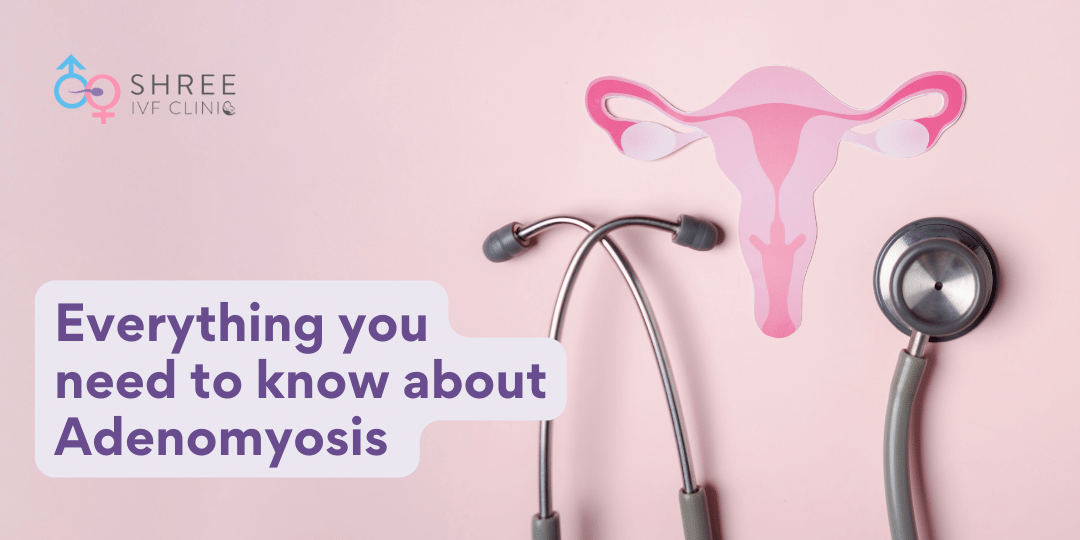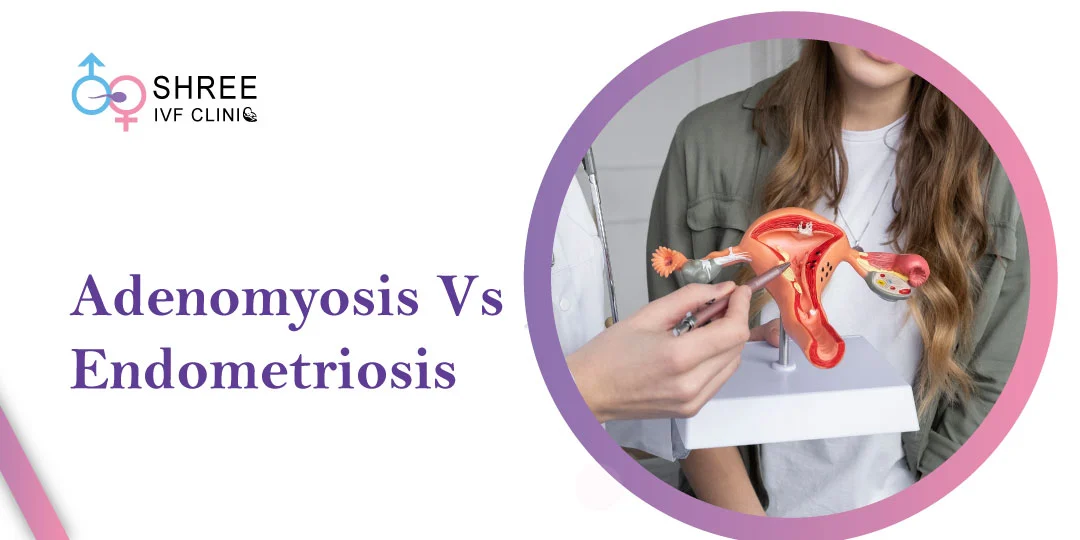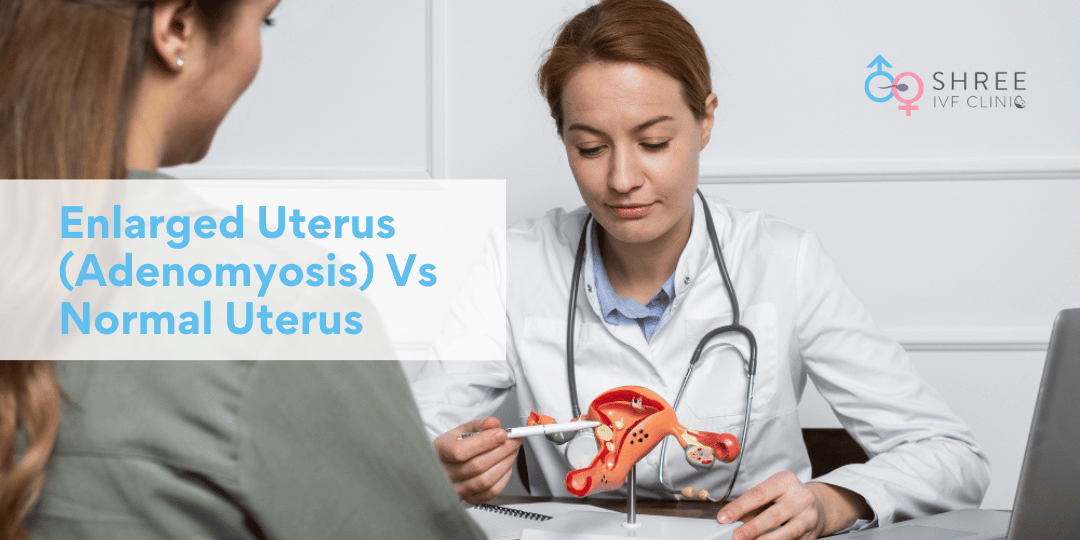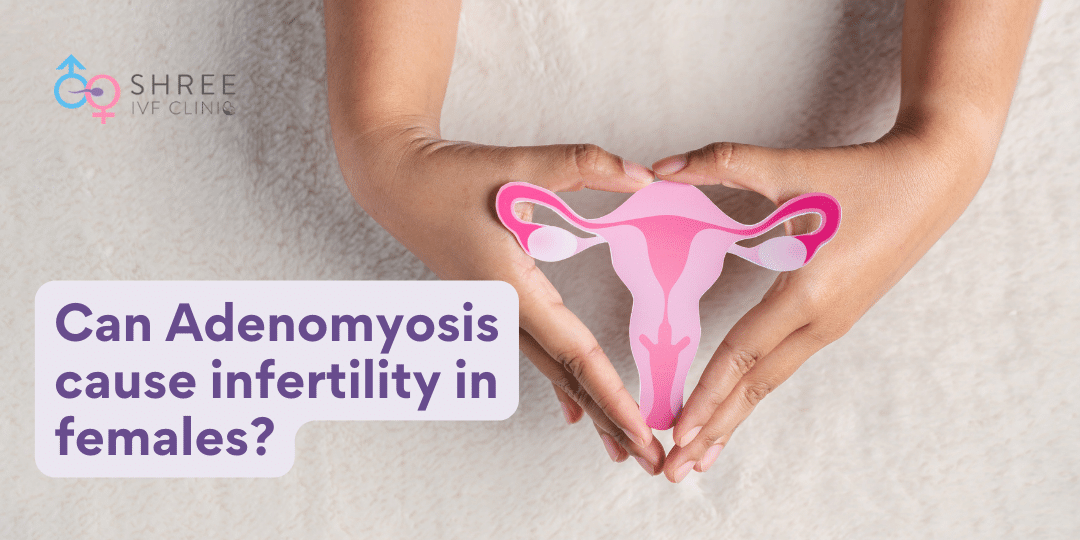Adenomyosis : Guide to Causes, Diagnosis & Treatments Available
UPDATED ON 29TH Dec. 2023
Adenomyosis is a lesser-known yet significant health condition affecting numerous women in India and across the globe. Characterized by the abnormal intrusion of endometrial cells into the uterus muscle wall, Adenomyosis can result in severe menstrual pain, heavy bleeding, and even fertility problems. Despite its profound impact on women’s health, it often remains underdiagnosed and misunderstood.
Our aim is to demystify Adenomyosis, providing an in-depth overview of its causes, diagnosis, and treatment options. Understanding Adenomyosis is not just about comprehending medical jargon. It’s about empathizing with every woman who has been through the pain, discomfort, and distress that this condition can cause. It’s about acknowledging their struggles and providing them with the knowledge and resources they need to navigate their way through this challenging journey.

AUTHOR
Dr Jay Mehta
Scientific Director & IVF Specialist with 10+ years of experience
CONDITION
GET IN TOUCH ON
What is Adenomyosis?
The journey to understanding Adenomyosis begins with defining what it is. Unlike normal uterine cells that line the inside of the uterus, in Adenomyosis, these cells infiltrate the muscle wall of the uterus. This intrusion can lead to an enlarged uterus, causing discomfort and a range of other symptoms that can significantly affect a woman’s quality of life.
It is important to differentiate Adenomyosis from other uterine conditions such as fibroids and endometriosis. While these conditions may share similar symptoms, they are distinct in their development and require different management strategies. Therefore, accurate diagnosis is crucial to ensure appropriate treatment and care.
Adenomyosis can affect women at any age but is most commonly diagnosed in middle-aged women and women who have had children. The reason for this isn’t clear, but it could be that the uterine lining has more opportunities to invade the muscle wall during childbirth and healing.
What causes adenomyosis in females?
Unravelling the causes of Adenomyosis is complex. Hormonal factors, genetic predisposition, and inflammation are all implicated in its development. Hormones like estrogen and progesterone, which regulate the menstrual cycle, seem to play a role in promoting the abnormal growth of endometrial cells.
In addition, genetics plays a part. Research indicates a higher prevalence of Adenomyosis among women with a family history of the condition. Lastly, inflammation within the uterus can trigger endometrial cell growth into the muscle wall. However, more research is needed to fully understand these mechanisms.
Despite these potential causes, it’s crucial to remember that Adenomyosis is not caused by anything a woman did or didn’t do. It’s not the result of lifestyle choices or behaviours. It’s a medical condition that requires understanding, empathy, and appropriate medical care.
Read more : Is adenomyosis a serious condition?
The Impact of Adenomyosis on Pregnancy
Adenomyosis can pose several challenges to pregnancy, including an increased risk of complications such as preterm labor and miscarriage. Additionally, studies show that women with adenomyosis have a higher likelihood of having a cesarean section.
Beyond these physical implications, it’s important not to overlook the psychological strain that comes with trying to conceive while dealing with adenomyosis. This highlights the need for a compassionate, empathetic approach when addressing adenomyosis.
How to detect Adenomyosis?
Diagnosing Adenomyosis accurately is a challenging task. It often requires a combination of physical examination, patient history, and imaging techniques such as ultrasound and MRI. These tools help detect any abnormal growth in the uterus. In some cases, a biopsy or laparoscopy may be necessary for a definitive diagnosis.
Unfortunately, many women with Adenomyosis go undiagnosed due to the nonspecific nature of the symptoms and a lack of awareness about the condition. This is why it’s essential for women to be proactive about their health, to ask questions, and to seek second opinions if necessary.
What are treatments for adenomyosis?
Treatment options for Adenomyosis are tailored to the individual’s needs and symptom severity. Conservative treatments include pain relief medications and hormonal therapies that aim to regulate the menstrual cycle and alleviate symptoms.
In severe cases where symptoms significantly impact the quality of life, surgical interventions like endometrial ablation or hysterectomy may be considered. It’s essential for women to discuss these options thoroughly with their gynecologist to make an informed decision.
It’s also important to remember that while these treatments can help manage symptoms, they are not cures. Adenomyosis is a chronic condition that requires ongoing management. However, with the right treatment plan, women with Adenomyosis can lead healthy, fulfilling lives.
Lifestyle Changes and Self-Care Strategies
Beyond medical treatments, lifestyle modifications and self-care strategies can play an important role in managing Adenomyosis. A balanced diet rich in anti-inflammatory foods, regular exercise, and stress management techniques such as yoga and mindfulness can help reduce symptoms and improve overall well being.
Moreover, it’s essential for women with Adenomyosis to prioritize their mental health. Dealing with a chronic condition can be stressful and emotionally draining. Seeking support from mental health professionals, joining support groups, and practicing self-care can help women manage the emotional aspects of living with Adenomyosis.

4,790+
379K+
” Every individual and couple’s journey is unique, and
finding the right solutions tailored to their specific
circumstances can make all the difference “
Conclusion
In Conclusion, Adenomyosis can be a daunting condition to live with, but understanding it is the first step towards managing it effectively. If you suspect you have Adenomyosis, reach out to a gynaecologist to discuss your concerns. Remember, there is always hope for a healthier future. There are numerous treatment options available, and with the right support and care, you can navigate this journey successfully.
AUTHOR
Dr Jay Mehta
Scientific Director & IVF Specialist with 10+ years of experience
CONDITION
CALL US 24/7 FOR ANY HELP
GET IN TOUCH ON
Share Article on
Recommended Reading
Difference Between Adenomyosis and Endometriosis
Endometriosis causes tissue to grow outside the uterus, while adenomyosis leads to growth within the uterine muscle
Understanding Enlarged Uterus vs Normal Uterus
This article helps you understand the difference between an enlarged uterus vs normal normal-sized along with its signs & symptoms
Can Adenomyosis Cause Female Infertility?
Understand the relationship between adenomyosis & infertility, & gain crucial insights and practical advice for women to cope up with it.




